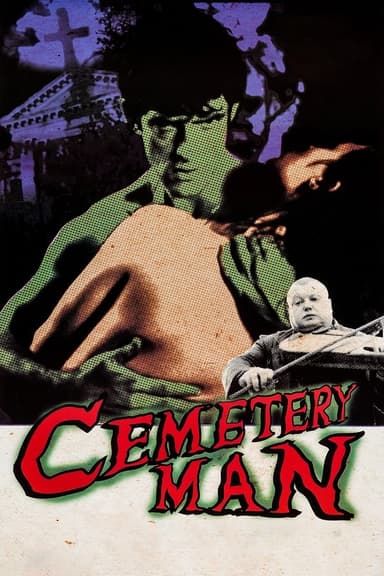
Dracula
1979 • Horror, Romance • R
Romanticized adaptation of Bram Stoker's 1897 classic. Count Dracula is a subject of fatal attraction to more than one English maiden lady, as he seeks an immortal bride.
Runtime: 1h 49m
Why you should read the novels
Before you stream or rewatch Dracula (1979), read Bram Stoker’s Dracula, the definitive Gothic horror novel. Its epistolary storytelling, layered perspectives, folklore, and psychological detail build slow-burn dread no screen version can fully replicate.
The Dracula book offers rich world-building: journals and letters from Jonathan Harker, Mina Murray, and Dr. Seward; the voyage of the Demeter; Transylvanian superstitions; and heroes like Quincey Morris and Arthur Holmwood. Discover the original plot turns, themes, and atmosphere modern adaptations simplify.
To see how screen Dracula evolved, also read Dracula: The Vampire Play in Three Acts by Hamilton Deane and John L. Balderston—the blueprint behind the 1979 film’s structure. Choose the source books to experience the complete vision Stoker and the playwrights created.
Adaptation differences
The 1979 film draws as much from the Deane–Balderston stage play as from Bram Stoker’s novel, compressing locations and streamlining subplots. The book’s expansive Transylvanian opening and epistolary investigation are minimized in favor of a focused, linear narrative centered in England.
Character roles and relationships shift. Lucy is Dr. Seward’s daughter and the primary romantic focus, while Mina dies early; in the novel, Mina is central to the pursuit and Lucy is the early victim. Van Helsing is reimagined as Mina’s father in the film rather than the novel’s mentor-professor.
Tone and theme diverge. The movie reframes Dracula as a seductive, tragic antihero pursuing an intense romance, whereas the book presents an ancient predator opposed by a collaborative, faith-driven coalition. Religious symbolism and scholarly detective work are toned down on screen.
Setting and ending also differ. The film moves the timeline to circa 1913 and culminates in a shipboard confrontation with an ambiguous final image, while the novel ends with a wintry chase near Castle Dracula and a decisive destruction that restores moral order.
Dracula inspired from
Dracula
by Bram Stoker
Dracula: The Vampire Play in Three Acts
by Hamilton Deane, John L. Balderston



















